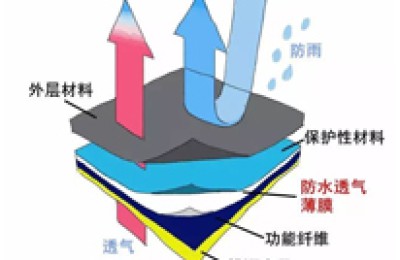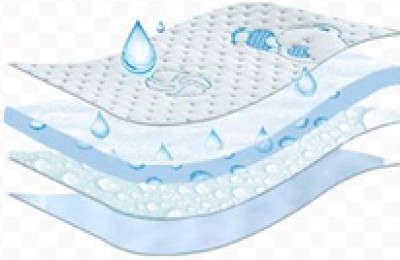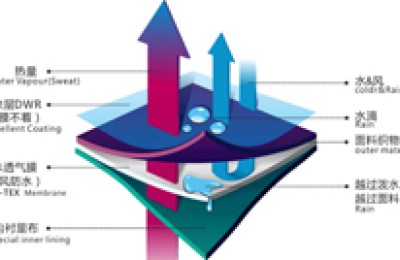According to the ASEAN Free Trade Area Agreement, Thailand must reduce import tariffs and cancel import quotas on 23 agricultural products in 2010, including silk raw materials and silk fabrics with tariff code 50. Previously, the tariffs on silkworm cocoons (tariff code 5001), waste silk (tariff code 5003), silk yarn (tariff code 5005), and silk yarn and silk yarn (tariff code 5006) have been gradually reduced to zero without any increase. The import tariffs on twisted mulberry silk (tariff code 5002), silk yarn (except silk spinning yarn – tariff code 5004) and silk fabrics (tariff code 5007) will be reduced from 5% in 2009 to 5% on January 1, 2010. zero. At the same time, other old ASEAN member states including Malaysia, the Philippines, Indonesia, Singapore, and Brunei will also reduce import tariffs on silk raw materials to zero from January 1, 2010, while the four new member states include Cambodia and Laos. , Vietnam, and Myanmar will reduce the import tariffs on all products with tariff code 50 to zero in 2015.
The market opening of silk raw materials and silk fabrics under the ASEAN Free Trade Agreement will definitely make the market for silk raw materials and silk fabrics, silk garments and other silk products more active in the ASEAN region. At the same time, the elimination of tariff barriers will promote the expansion of the above-mentioned products in Thailand to other countries. market opportunities. As for manufacturers of silk fabrics, ready-made garments and silk products, the free trade agreement will lead to a reduction in the import cost of raw materials imported from ASEAN countries, especially silk yarn imported from Vietnam.
However, the above-mentioned provisions of the ASEAN Free Trade Area Agreement will also hit silkworm farmers and silk reeling factories to a certain extent, because Thailand must further liberalize the import of silkworm cocoons, untwisted mulberry silk and silk yarn, which may leading to more intense competition. In addition, profit-making practices of mixing untwisted mulberry silk or silk yarn whose origin is difficult to identify with Thai untwisted mulberry silk or silk yarn may also occur, thereby damaging the image of Thai silk in foreign markets. At the same time, China may use the rules of origin to export its untwisted mulberry silk to Thailand through ASEAN countries, causing the problem of difficulty in controlling the influx of low-quality silk products into the market. In the past few years, the smuggling of silk products from China has caused a serious blow to Thai silkworm farmers. As the value of the Vietnamese dong tends to weaken, the competitiveness of the Thai silk industry has also been affected, because Vietnamese silk products have a lower market share in foreign markets. The selling price is lower than that of Thailand, which enhances the competitive advantage of Vietnamese silk products. For this reason, the market for Thai silk and its products will change with the increasingly fierce competition in the future.





